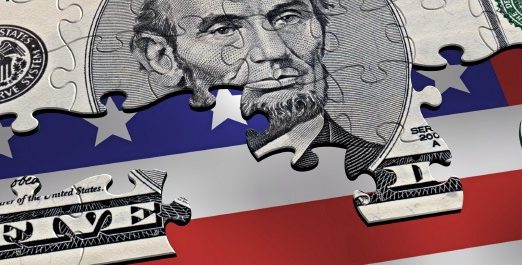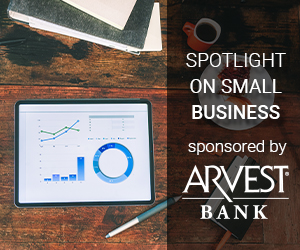Economists are bullish on strong economic rebound this summer
by May 5, 2021 11:50 am 669 views

The U.S. economy is poised for its fastest growth in more than three decades as more businesses are reopening and bringing employees back to work, according to Jack Kleinhenz, chief economist for the National Retail Federation.
“While there is a great deal of uncertainty about how fast and far this economy will grow in 2021, surveys show an increase in individuals being vaccinated, more willingness to receive a vaccination, increased spending intentions and comfort with resuming pre-pandemic behaviors like shopping, travel and family gatherings,” Kleinhenz said Tuesday (May 4). “This feel-better situation will likely translate into higher levels of household spending, especially around upcoming holidays like the Fourth of July and spending associated with back-to-work and back-to-school.”
He said the consumer is nearly always the key driver in the economy and with household savings and financial health on sound footing a sharp demand is expected in the coming months. Kleinhenz and the trade group expects the economy to grow 6.6% this year, the highest level since 7.2% in 1984. He made his remarks following the recent Federal Reserve’s Beige Book report.
The Federal Reserve reports $2.4 trillion was saved during February which was about twice the average monthly savings during pre-pandemic periods. The February savings were added to the savings accumulated last year.
Kleinhenz referenced unemployment benefits, government stimulus checks and tax refunds that are providing a substantial increase in personal income and purchasing power for households. He said consumers are sitting on a stockpile of cash that could become a spring-loaded spending mechanism. He said consumers are also using more credit with borrowing surging in February by the largest margin since 2017. He said when consumers began using credit that indicates more confidence in their jobs and overall better employment outlook.

Retail sales from January through March rose 14.3% from the same period last year, according to U.S. Census Department data posted April 15. Retail trade sales were up 26.9% in March above last year. Motor vehicle and parts dealers were up 71.1% and food services and drinking places were up 36% from last year.
Executives at Wells Fargo & Co. are also bullish on the economy moving into the rest of 2021. Driving that outlook is increased consumer spending and promising credit quality largely due to federal assistance that are expected to benefit the retail and service sectors. Sarah House, an economist at Wells Fargo Securities, said employment data is improving and ISM Manufacturing and Service Index Surveys are each sitting at multiple decade highs. She also noted a rise in restaurant reservations and airline travel in recent weeks in the April 20 Wells Fargo Monthly Economist Forecast.
House said inflation forecast has inched up, not because of wages or spending data but because of supply chain challenges from the blockage of the Suez Canal, harsh winter weather and capacity constraints in trucking and logistics. She said manufacturers are passing the costs along given the strong demand for the products.
“We are looking for core price inflation to rise 2.4% by the end of the second quarter and remain in that range through the middle part of next year,” House said.
Mike Pugliese, an economist at Wells Fargo Securities, said the public sector is doing well with state and local governments growing revenue in 2020 despite pandemic challenges. He said the recent round of $350 billion federal stimulus given to state and local governments is also going to be a catalyst for more hiring, public construction and other projects to keep output and growth steady.
